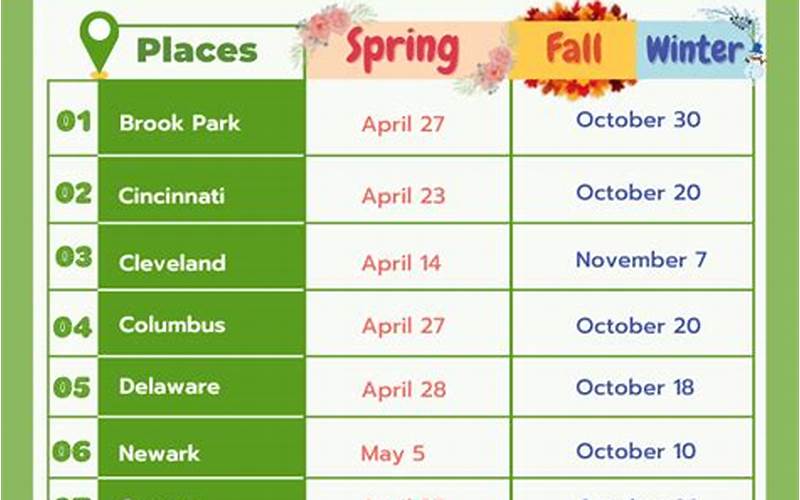 Source: bing.com
Source: bing.comAre you ready to start planning your garden for 2022? Ohio has a unique climate that can make gardening challenging, but with the right knowledge and preparation, you can have a successful and rewarding harvest. In this article, we will provide you with a comprehensive Ohio planting guide for 2022, including tips and tricks for planting, growing, and harvesting your favorite crops.
Understanding Ohio’s Climate
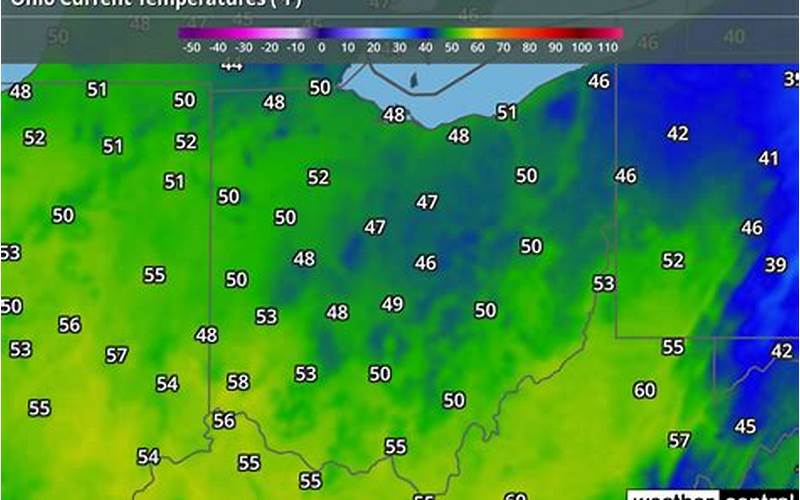 Source: bing.com
Source: bing.comBefore you start planning your garden, it’s important to understand Ohio’s climate. Ohio has a humid continental climate, which means that it experiences four distinct seasons: spring, summer, fall, and winter. Summers are hot and humid, while winters are cold and snowy. The average annual temperature in Ohio is 51°F, and the state receives an average of 38 inches of rainfall per year.
Best Plants for Ohio’s Climate
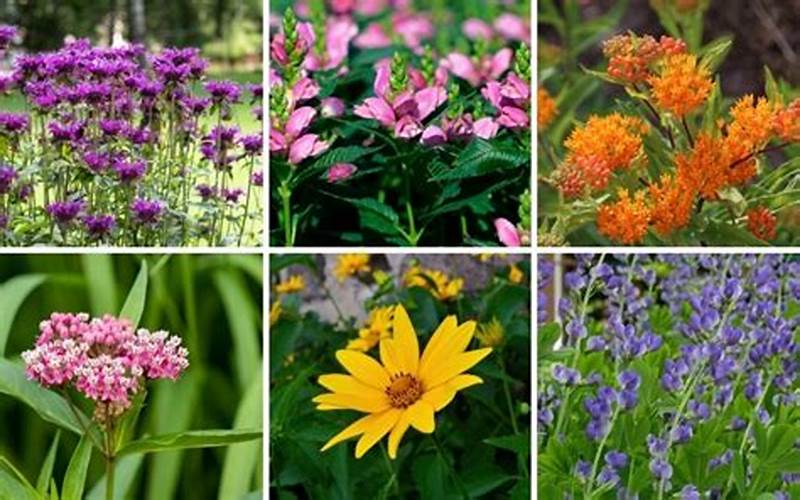 Source: bing.com
Source: bing.comWhen choosing what to plant in your Ohio garden, it’s important to select plants that are well-suited for the climate. Some of the best plants to grow in Ohio include:- Tomatoes: Ohio’s warm summers are perfect for growing juicy, ripe tomatoes.- Peppers: Peppers thrive in Ohio’s hot and humid climate, and can be grown in a variety of sizes and colors.- Green beans: Green beans are easy to grow in Ohio and produce a bountiful harvest.- Cucumbers: Cucumbers love the heat and humidity of an Ohio summer, and can be used in a variety of dishes.- Lettuce: Lettuce is a cool-season crop that can be grown in Ohio in the spring and fall.
When to Plant
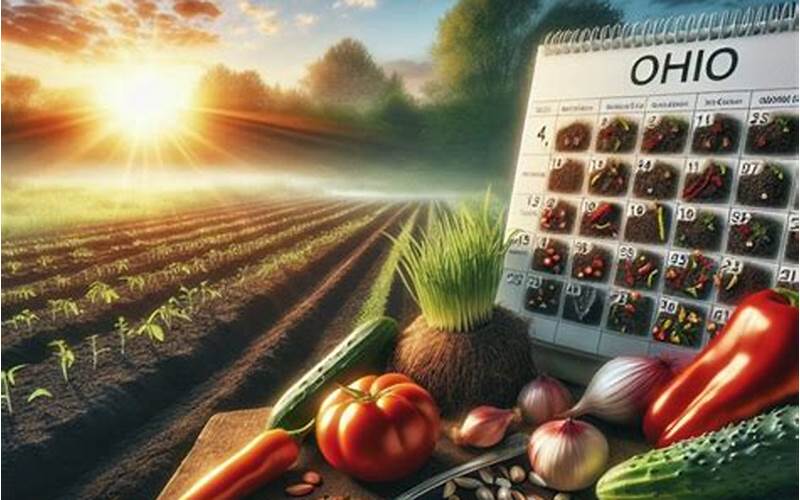 Source: bing.com
Source: bing.comThe best time to plant in Ohio depends on the crop you are growing. Generally, cool-season crops like lettuce and peas can be planted in early spring, while warm-season crops like tomatoes and peppers should be planted after the last frost in late May or early June. Fall crops like broccoli and carrots can be planted in late summer for a fall harvest.
Soil Preparation
 Source: bing.com
Source: bing.comGood soil is essential for a successful garden. Before planting, make sure to prepare your soil by adding organic matter like compost, manure, or leaves. This will help improve soil health and fertility, and will provide your plants with the nutrients they need to grow strong and healthy.
Watering and Fertilizing
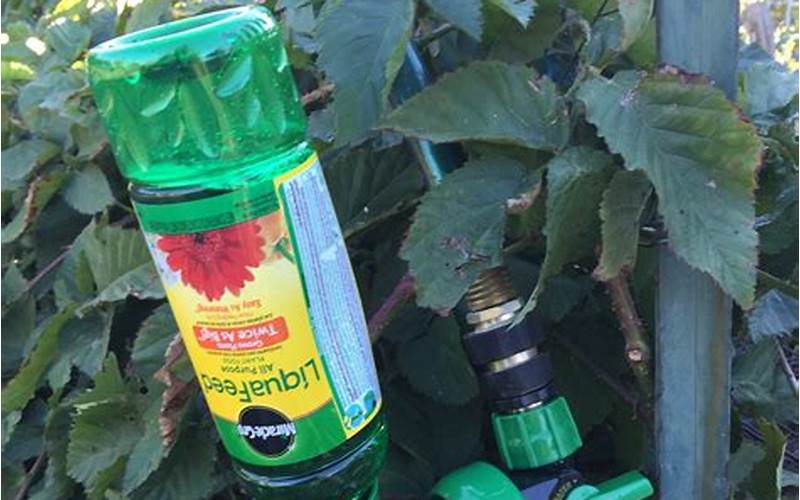 Source: bing.com
Source: bing.comProper watering and fertilization is key to a healthy and productive garden. In Ohio’s hot and humid climate, it’s important to water your plants regularly to keep the soil moist. Fertilize your plants with a balanced fertilizer every two to three weeks to provide them with the nutrients they need to thrive.
Pest and Disease Control
 Source: bing.com
Source: bing.comPests and diseases can be a major problem for Ohio gardeners. To prevent and control pests and diseases, practice good garden hygiene by removing dead plant material, keeping your garden clean, and rotating your crops. Use organic pest control methods like neem oil or insecticidal soap to control pests, and use fungicides to prevent diseases.
Conclusion
With the right preparation and knowledge, you can have a successful and rewarding garden in Ohio. Use this Ohio planting guide 2022 to help you plan your garden, and don’t forget to experiment with new crops and techniques. Happy planting!
